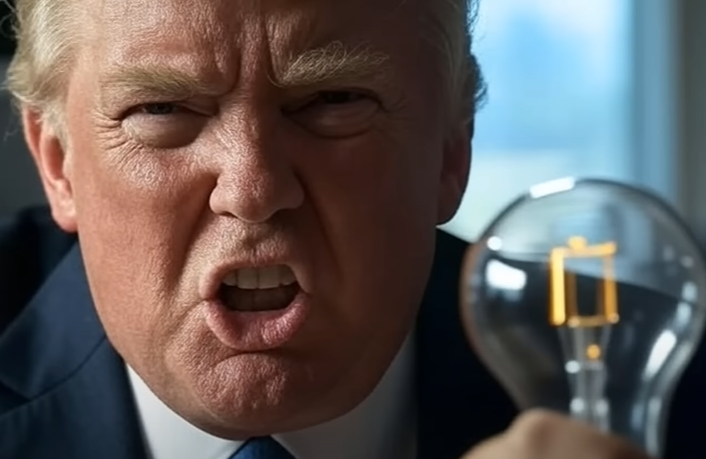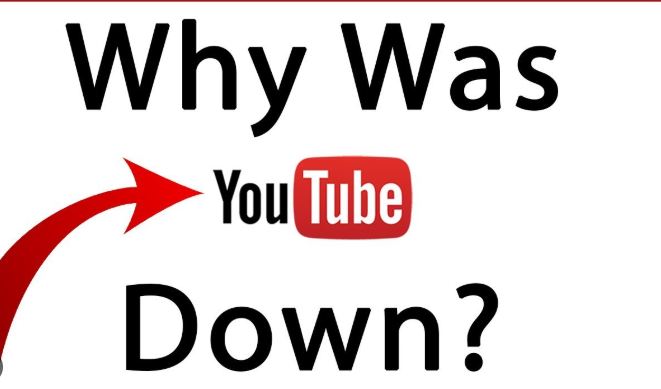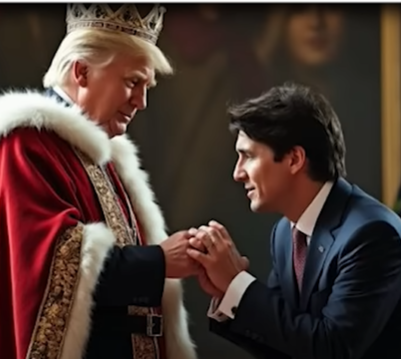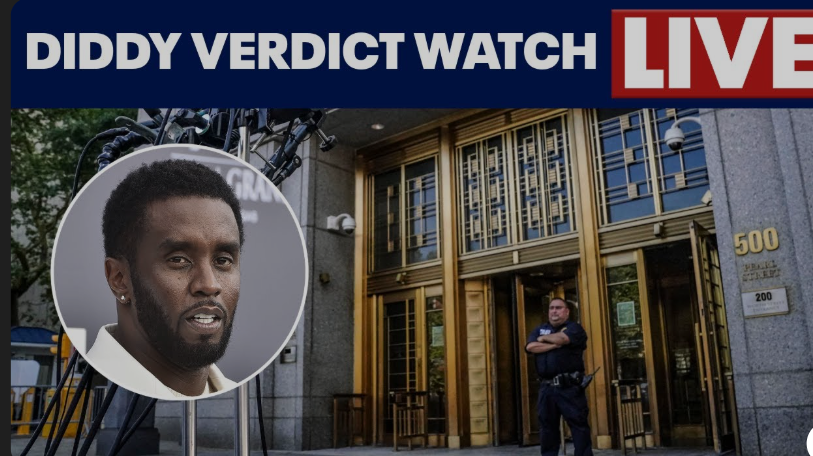Donald Trump is no fan of moving the clocks back an hour every November and moving them forward again come DAYLIGHT SAVING in March. Last Friday, the president-elect pledged he would end the practice once and for all.
“The Republican Party will use its best efforts to eliminate Daylight Saving Time, which has a small but strong constituency, but shouldn’t!” he wrote in a post on his social media platform, Truth Social. “Daylight Saving Time is inconvenient, and very costly to our Nation
It’s unclear if Trump, whose team did not respond to a request for comment, favors making daylight saving time permanent—which would result in more light in the afternoon—or keeping the country on standard time, which would mean more morning light.
President-elect Donald Trump wants to do away with daylight saving time (DST), a move that some experts say could improve health and wellness.
Trump announced the goal in a post on Truth Social

“The Republican Party will use its best efforts to eliminate Daylight Saving Time, which has a small but strong constituency, but shouldn’t!” he wrote. “Daylight Saving Time is inconvenient, and very costly to our Nation.”
Changing the clocks twice a year can cause disruptions in sleep patterns, which have been known to cause various health-related issues
Several studies have shown that this change results in decreased sleep duration and increased fatigue during daytime hours, the doctor noted.
In a recent post to Truth Social, Trump said Republicans will push to eliminate the “inconvenient” and “costly” practice.
History clock relationship;daylight saving
DST has a long history, with its origins tracing back over a century. The idea first emerged in the 18th century from Benjamin Franklin, who noted that waking up earlier allowed him to save on energy costs. The concept gained traction in the late 19th century, with New Zealand’s George Bernard Hudson and the UK’s William Willett proposing ideas for changing the clocks to extend daylight hours.
the U.S. started in 1918 observing daylight saving time as a wartime measure to save energy, but that lasted for only a year. It came back during World War II in 1942 but was so chaotic as states and localities were allowed to decide when they wanted to switch between daylight saving and standard times.
President richard nixon signed an emergency daylight saving bill into law. At first, it was well-liked, receiving a nearly 80% approval rate in December 1973.
Soon, parents were sending their children off to school in morning darkness — in some parts of the country, the sun would not rise nearly9:00 — prompting safety concerns. There were multiple incidents nationwide of children being struck by vehicles while on their way to school.
While the U.S. Department of Transportation found no clear evidence on traffic accidents in relation to year-round daylight saving time — it also found that energy savings were between 0.4% and 1.5% — public opinion of the practice had dropped to 42% by February 1974.
Eight months later, in October 1974, President Gerald Ford signed a bill to put the U.S. on standard time for four months of the year. We’ve largely been on the same schedule ever since.
The study found that the economic costs of daylight saving time in the US was significant, with a total estimated cost of $672.02 million annually. This includes the following categories of costs:
- Strokes: $251.53 million
- Heart Attacks: $374.75 million
- Traffic Accidents: $27.39 million
- Workplace Injuries: $18.35 million
conclusion;
Ending the clock change would require the approval of Congress. There have been many bipartisan efforts to pass such a bill, but all have failed. In 2022, the Senate unanimously passed a bill to make daylight saving time permanent, but it died in the House. An effort to pass a similar bill in 2023 also failed.
The idea behind daylight saving time is to move an hour of sunlight from the early morning to the evening, so that people can make more use of daylight.















